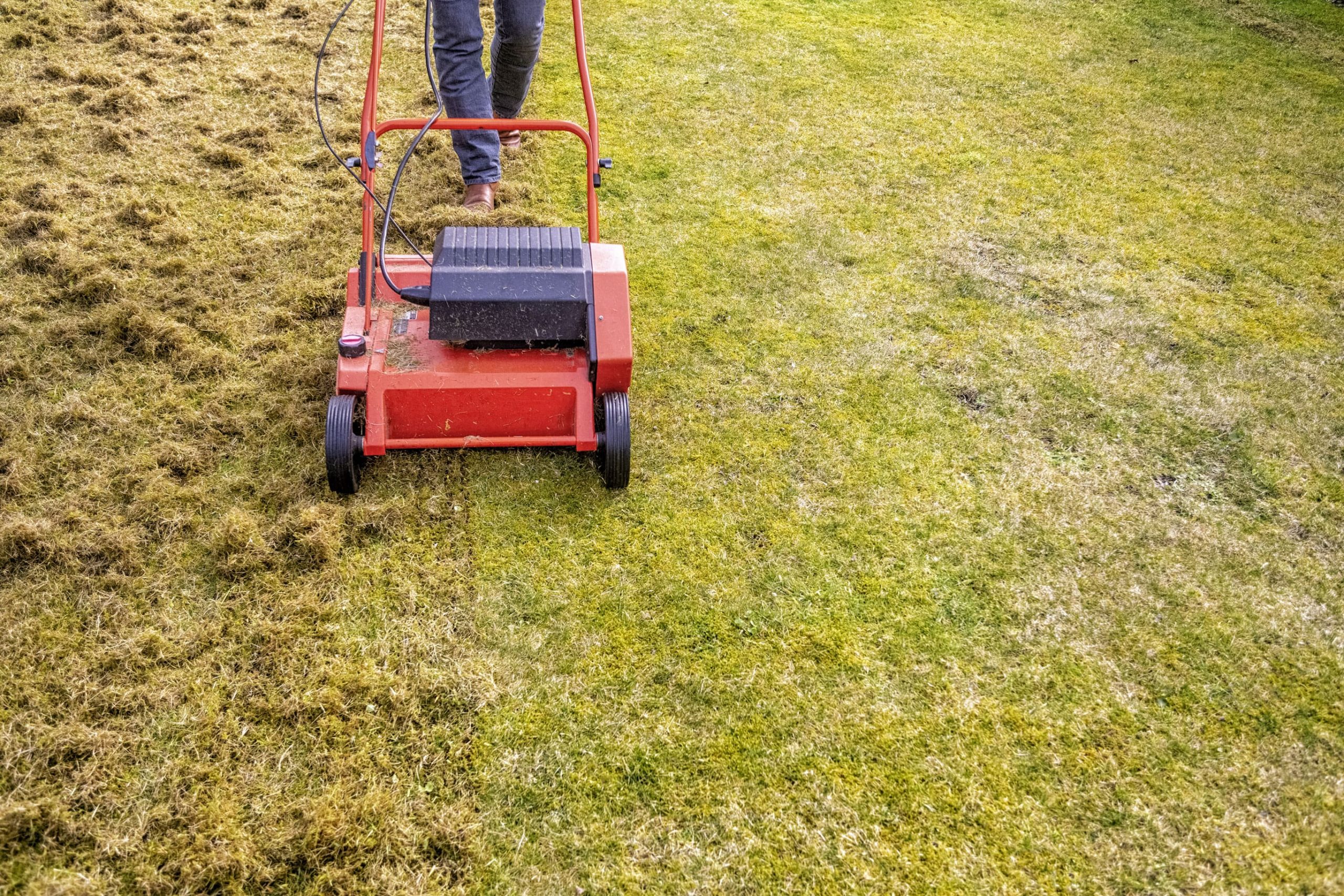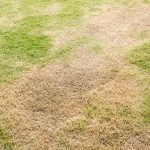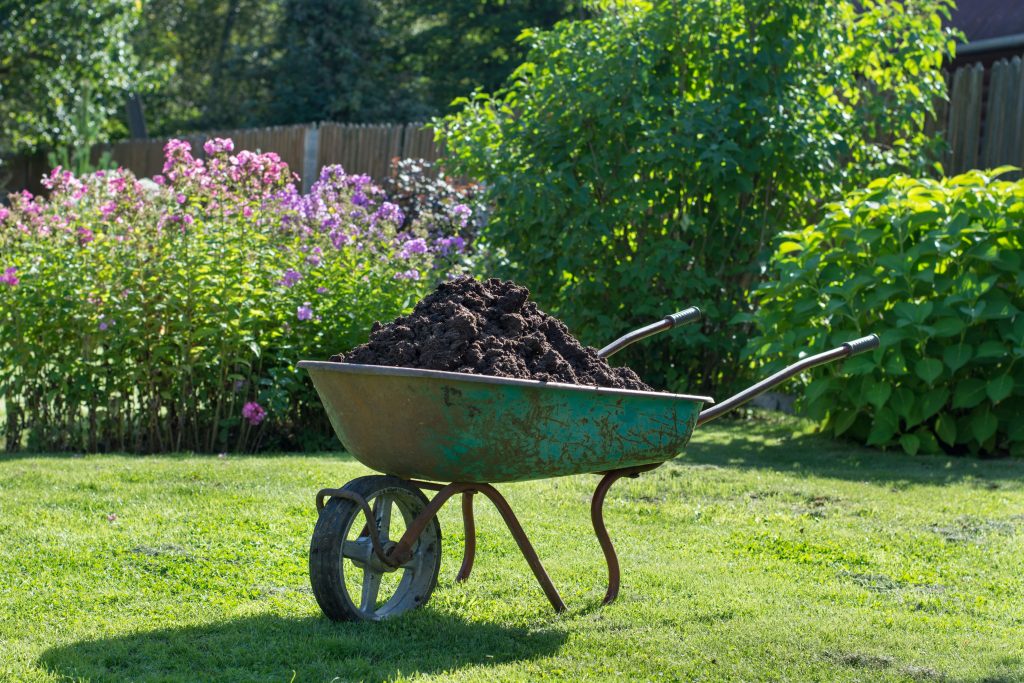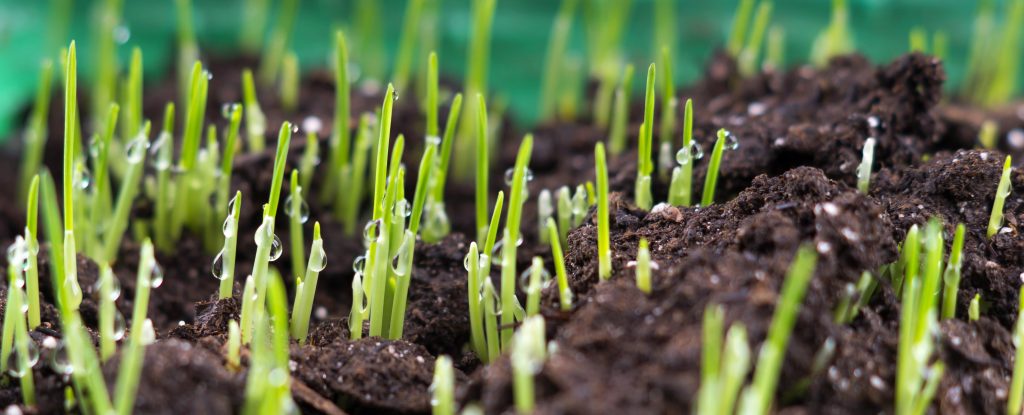Does your scarified lawn look terrible?
If you’ve just scarified your lawn and it looks horrible, you might be wondering how long it will take until your grass looks normal again. You might also be wondering if there’s anything you can do to help the lawn recover more quickly.
In this guide, we’ll explain what to do if your sacrificed lawn looks terrible, and how long you need to wait until your grass looks healthy again after scarification.
Is it normal for a lawn to look terrible after scarification?

It’s normal for your grass to look bad after scarifying your lawn.
The scarification process is meant to be quite rough, to ensure that you get rid of as much thatch, moss, and other debris as possible. However, you will inevitably collect some of the actual grass as well, which is why a just-scarified lawn looks terrible most of the time.
If you’ve just scarified your lawn, you might notice some bare patches, especially if you’ve removed a lot of moss. The grass may also look dull, or dry, and won’t look as lush or as green as a healthy lawn should.
If you have used a heavy duty lawn scarifier, it’s especially likely for your lawn to look quite bad. These machines typically do a much more thorough scarifying job and have more force behind them, which can give your lawn quite a patchy look for a long time.
Can you scarify your lawn too much?

Although it’s perfectly normal to have a scarified lawn that looks terrible, it’s also possible to over-scarify and damage your lawn.
This commonly occurs when:
- Using a heavy duty lawn scarification machine, and having it set too aggressively. You can use a manual rake-style scarifier to avoid this problem.
- Doing scarification at the wrong time of year. After you scarify your lawn, you want it to be able to recover quickly, meaning the weather can’t be too hot or too cold. Therefore, the best time to scarify is in the spring or autumn.
- There isn’t much thatch on the lawn. If there isn’t enough dead organic matter to scarify, then you’ll end up scarifying healthy grass, which will damage your lawn.
- You scarify your lawn soon after you have previously done it. For most lawns, you want to wait at least a year in between scarifying.
You may have over-scarified your lawn if the grass does not begin to recover within a reasonable amount of time.
How long does it take for a lawn to recover after scarification?
Depending on the health of your lawn, scarified grass should recover and look normal again after about four to six weeks. This is of course assuming that it’s not the middle of winter or summer. In the spring or autumn, your lawn should be able to recover in about a month or slightly longer.
If your lawn is quite unhealthy but not completely dead, it may take up to eight weeks to look fully normal again after scarification.
If your scarified lawn still doesn’t look good after two months, you likely have an underlying issue that needs addressing before the lawn can revitalise itself. For example, the soil may be too dry or too wet, or not have enough nutrients. The lawn may not be getting enough air or sun, or you might still have a bit of a thatch problem that lawn scarifying hasn’t resolved.
Should I worry about my lawn looking terrible after scarifying?
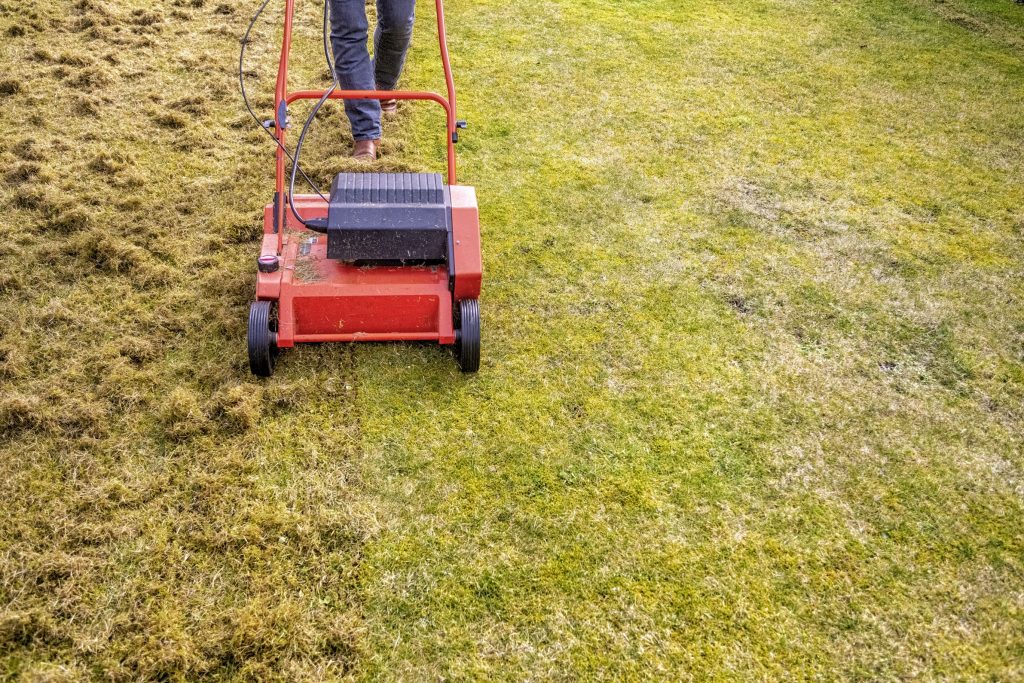
You don’t need to worry if your scarified lawn looks terrible, as long as it hasn’t been at least six weeks, or the weather isn’t suited to lawn growth.
If your lawn should be growing back, given its health and the time of year, and it isn’t, you may have a problem.
If you think your grass could be dying after scarifying your lawn, you can consider some of the following steps to help save it, listed in order from least to most drastic.
- Cut the lawn higher, and more often, assuming the grass is growing. Regular cutting encourages lawn growth, but if you cut the grass too short, this can scalp it, preventing it from growing. You do not necessarily need to bag the clippings, however it’s best to do so if you have a significant layer of dead organic matter near the surface of the soil.
- Feed your lawn with fertiliser, if it’s lacking nutrients.
- Aerate your lawn, especially if you have a drainage problem.
- Overseed the lawn, especially if the lawn is becoming patchy. Ensure that you have removed as much thatch as possible before you do this, to give the seeds the best chance of growing.
- Scarify again, but more delicately or with more precision. It could be that if the previous scarifying job wasn’t done properly, you need to do it again, being more careful to remove the thatch and not the grass itself. Only use this as a last resort if you notice you still have a significant problem with thatch taking over your lawn.
- Restart from scratch – rip up the old lawn and lay new sod, or plant new seeds, ensuring to take care of the soil health prior to laying new grass. Again, this is a last resort – most lawns can recover from scarifying unless they have serious underlying health issues.
How to help your lawn look better after scarification
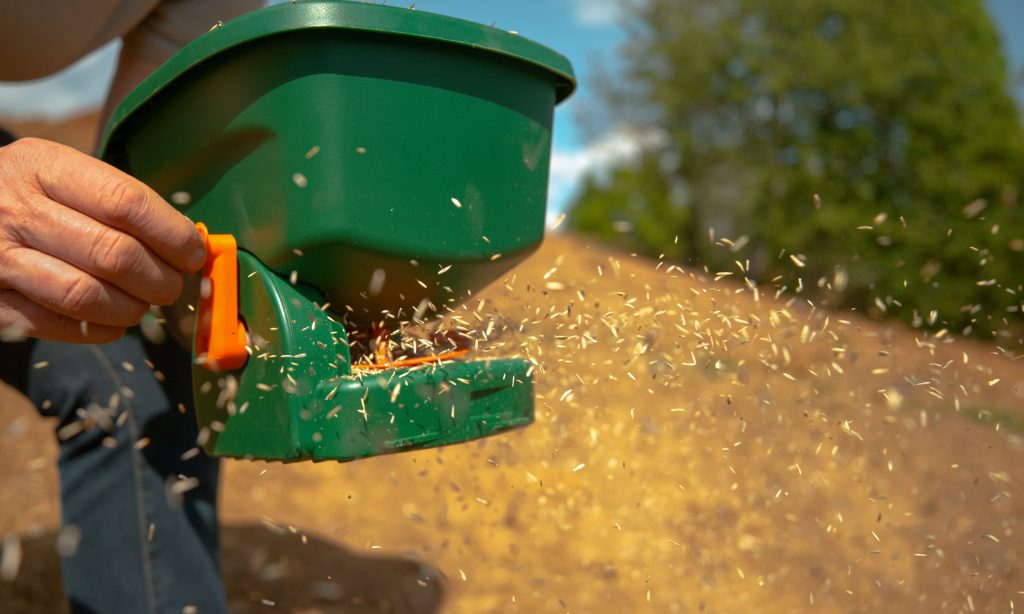
There are a number of steps you can take after scarifying your lawn to help speed up the recovery process.
- Immediately after you scarify your lawn, use a rake or a leaf blower to clear all the debris away, such as dead leaves and moss. Lawns that have just been through scarification are quite delicate, and they need air and light from the sun, so it’s important to keep them clear of debris as much as possible for the 6 weeks it takes the lawn to regrow. This includes any weeds – try to remove them by hand rather than using weed killer if possible.
- Spread a small layer of fertiliser top dressing, to help feed the lawn. Rake it over the surface to help provide the nutrients the lawn needs to repair itself.
- Overseed bare patches of grass, especially if you have removed significant areas of moss and thatch. Completely bare areas of lawn may need extra encouragement to begin growing again, so applying grass seed and then watering thoroughly can be a good idea, providing you do it at the right time of year. You can also reseed the entire lawn if you’ve performed a thorough scarification. Read our complete guide to lawn overseeding.
- Water your lawn regularly, unless you are getting rain. If you are concerned about drainage, poke some holes in your lawn to aerate it and ensure the soil is not getting too wet.

I’m Josh, and I’m the head writer at Lawn Care Pro.
I love everything lawns, but I’m a bit of a lawn mower nerd. I spend a lot of my free time tinkering with mowers, and planning my mowing schedule for the next few weeks.
I’m also into cars, which comes in very helpful when servicing a mower engine!

